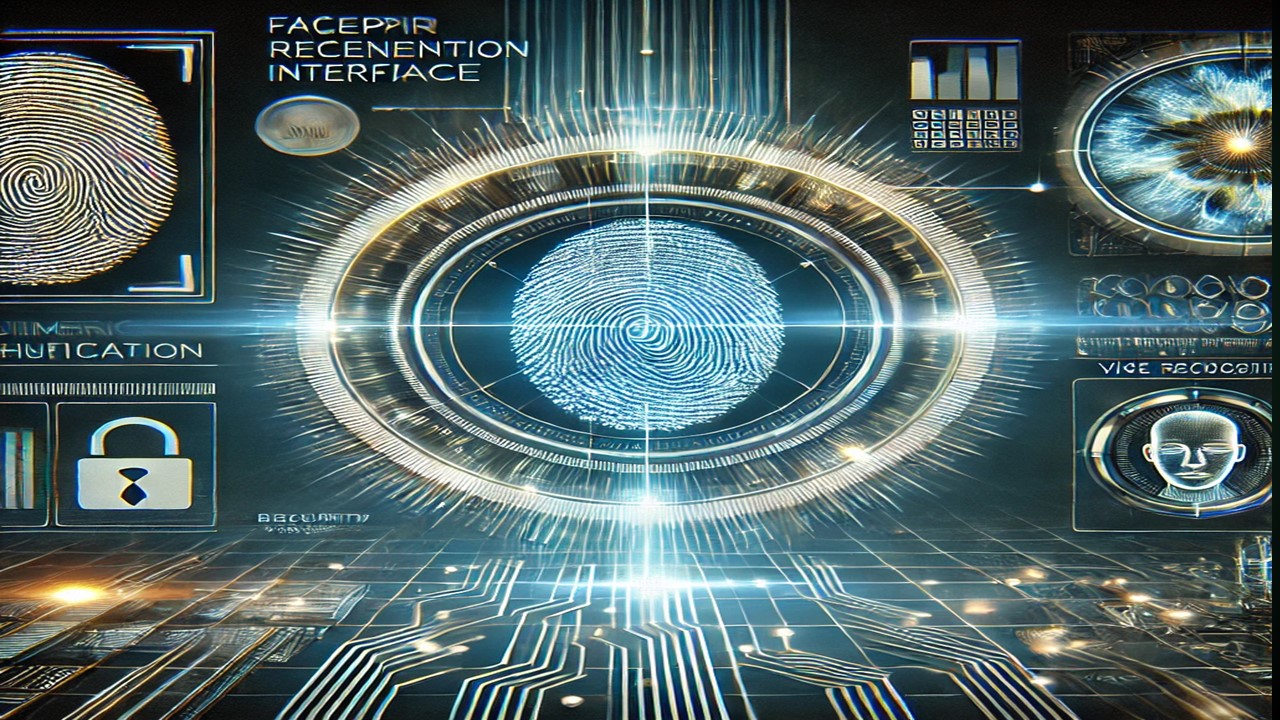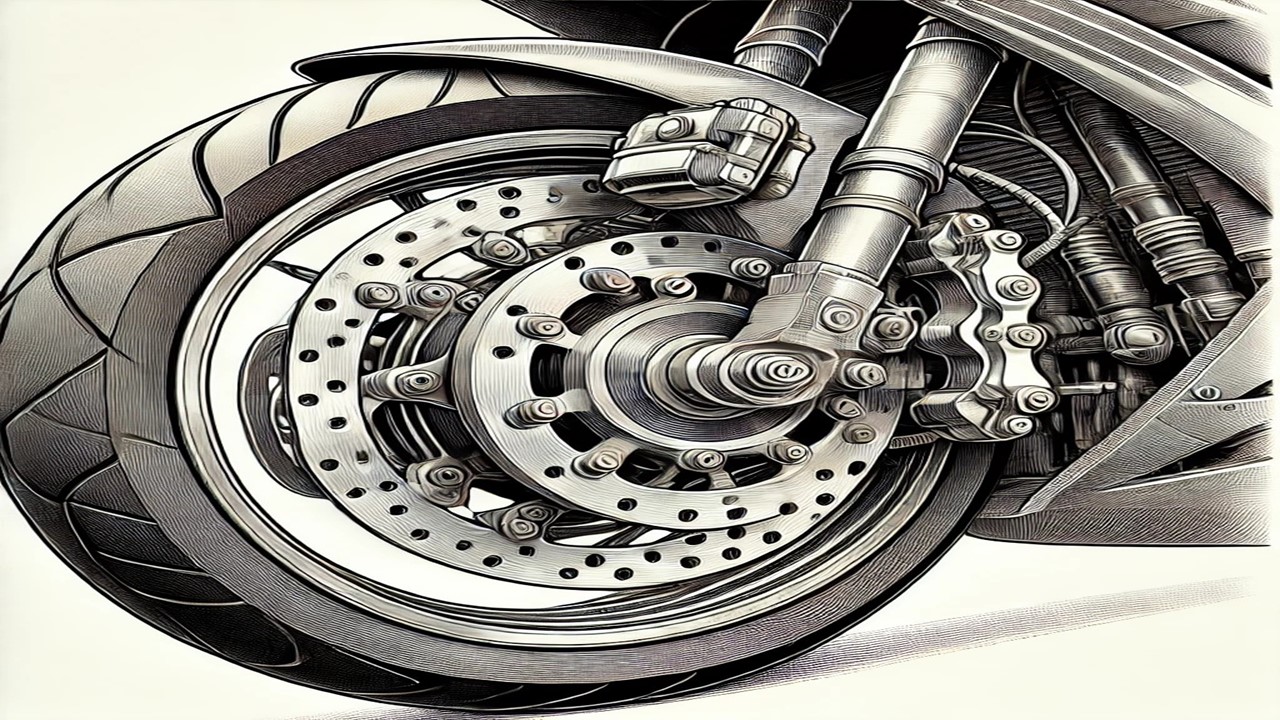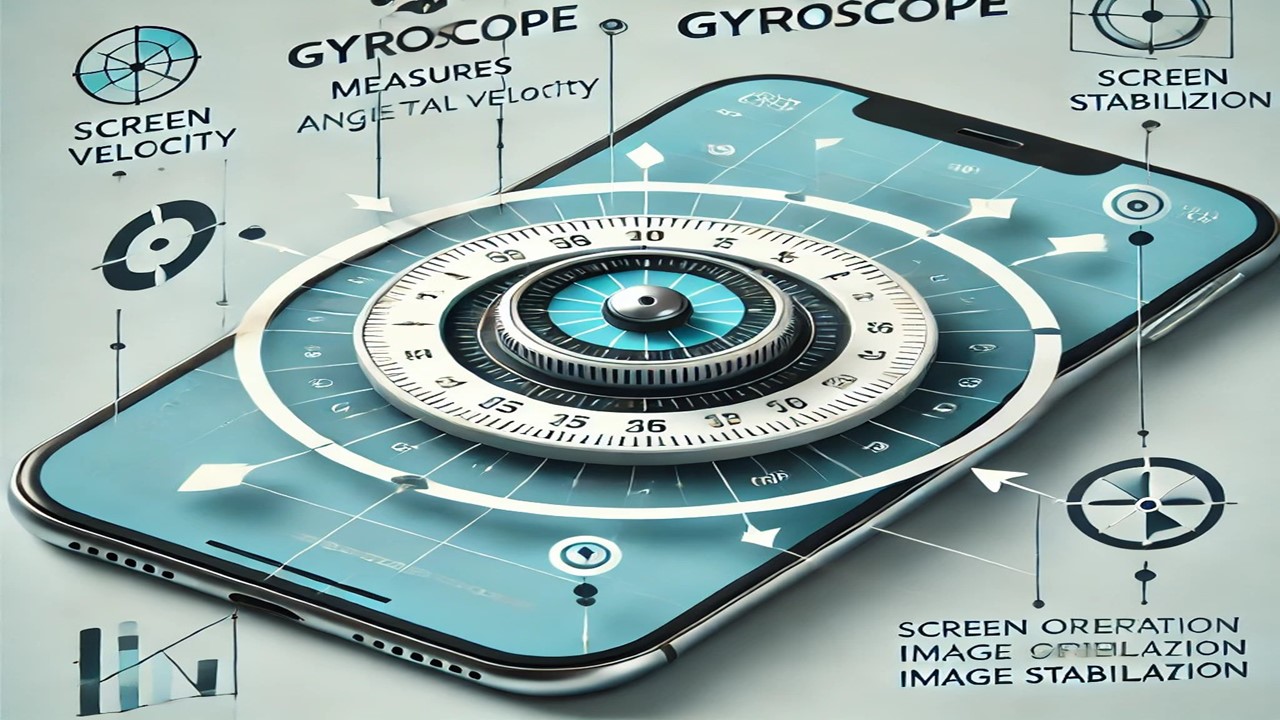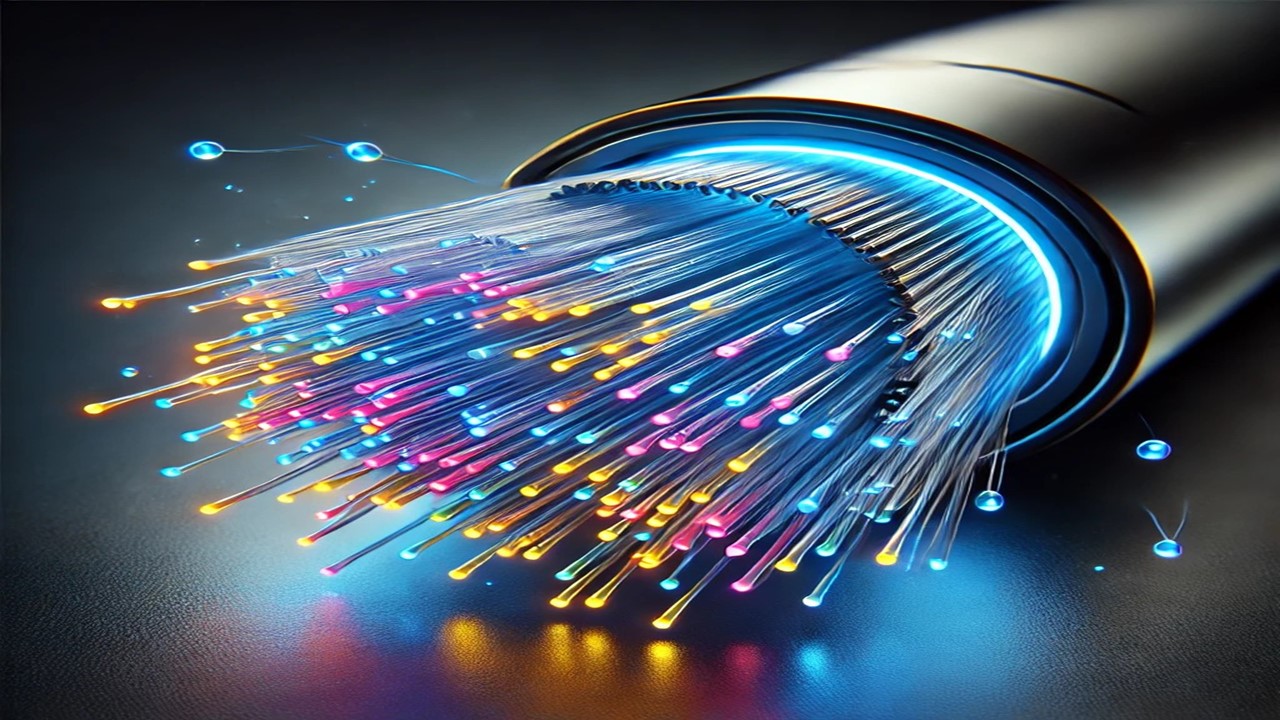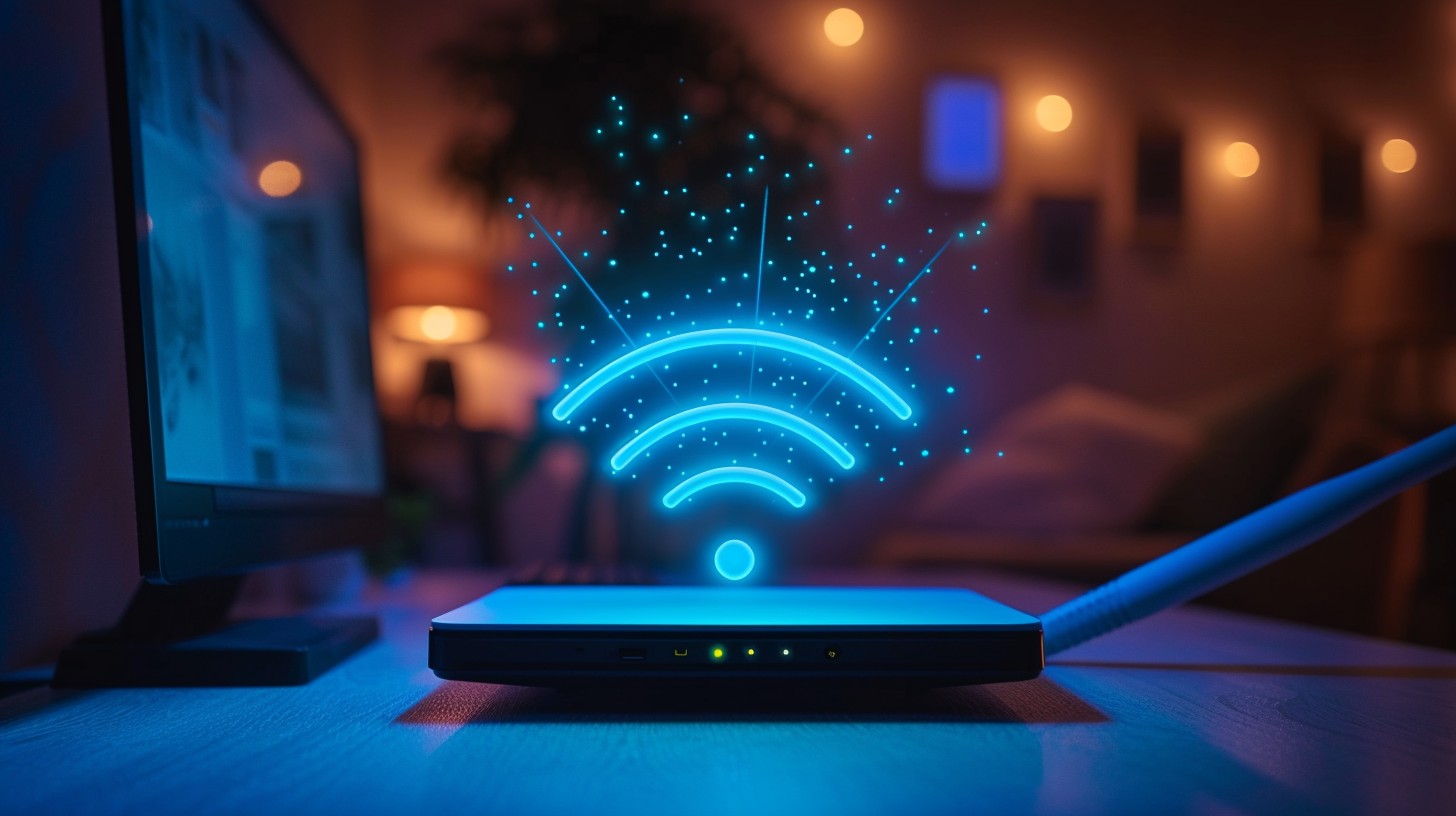
हिंदी में पढ़ने के लिए मेनू बार से हिंदी भाषा चयन करें।
Imagine if your thoughts could do everything…
- What if you could control your phone just by thinking?
- What if a person with paralysis could speak only with their mind?
- What if memories could be restored, just like recovering files from a computer?
It sounds strange, doesn’t it? But this is no longer just a fantasy — it is becoming a reality. And the technology driving this revolution is called neurotechnology.
🔍 What is Neurotechnology?
Neurotechnology is an advanced technology that establishes direct communication between the human brain and artificial systems (such as computers, machines, and devices). This technology not only recognizes brainwaves but also reads, analyzes, and can influence them when needed.
It acts as a bridge connecting mental activities with the digital world — meaning, as we think, we can give instructions to machines in real-time.
🧠 What Can Neurotechnology Do?
- 🌀 Brainwave Detection
When a thought or emotion is generated in our brain, it manifests as an electrical signal. The sensors used in neurotechnology (such as EEG headsets) detect these brainwaves.
These waves are categorized into 5 main types:
| Type | Wave Frequency | Associated State |
| Delta | 0.5–4 Hz | Deep Sleep |
| Theta | 4–8 Hz | Focus, Dreaming |
| Alpha | 8–13 Hz | Calm, Relaxed State |
| Beta | 13–30 Hz | Thinking, Processing Information |
| Gamma | >30 Hz | High Cognitive Ability, Memory |
2. 🔁 Thoughts to Digital Signals
Converting electrical waves from the brain into the computer’s language (binary language) is a highly complex process.
The Brain-Computer Interface (BCI) serves as the medium for this. BCI systems process these brainwaves and convert them into commands for machines.
For example:
If you think, “Move the mouse to the right” — neurotechnology captures this thought and sends the command to the computer.
🖥️ Machines Can Be Controlled Without Touch (Touchless Machine Control)
Devices equipped with neurotechnology can read your thoughts and control computers, wheelchairs, robots, or mobile apps — without touching anything!
- For patients with paralysis, this is nothing less than a blessing, allowing them to move machines or prosthetics just by thinking.
- It is also being used in gaming and virtual reality, where a game’s controls are operated through brain signals.
🧠 Modifying Memory and Emotions
Neurotechnology uses techniques like Deep Brain Stimulation (DBS) and Transcranial Magnetic Stimulation (TMS) that activate brain cells related to:
- Memory
- Concentration
- Emotional State
These technologies have shown improvements in conditions like:
- Alzheimer’s, Depression, Anxiety, and Parkinson’s Disease
- In some experiments, results have also shown improvements in memory and increased learning speed.
The process through which neurotechnology works is complex and fascinating. It establishes communication between the brain’s intricate functions and machines. Let’s explore these in more detail:
1. Brain-Computer Interface (BCI)
The Brain-Computer Interface (BCI) is a technology that reads the signals (electrical waves) from the brain and transmits them to computers or other machines. The primary goal of this technology is to enable us to control machines, robots, or computers through brain activity.
How does it work?
- When we think, electrical activity is generated in our brain. BCI works by understanding this activity and converting it into digital signals.
- Special electrodes are placed on the head to capture the electrical waves emitted by the brain. These waves are then interpreted by the computer, which uses the signals to operate machines, robots, or computers.
- For example, a person with paralysis can control a wheelchair with their mind, or a person can play a virtual reality game using brain signals.
Uses:
- This technology can be used for people with physical disabilities, such as robotic hands, smart wheelchairs, or neuroprosthetics for individuals with paralysis.
- It can also be applied in sports and military fields, where soldiers’ mental states and thoughts are monitored to improve their performance.
2. Neurostimulation
Neurostimulation is a technique that activates specific parts of the brain through electric signals, influencing brain functions. It plays an important role in medicine, especially in the treatment of mental and neurological diseases.
How does it work?
- Neurostimulation uses electrical signals that are sent directly to parts of the brain, affecting the activity in those areas.
- This is done through implantable devices like Deep Brain Stimulation (DBS), where an electrode is placed in the brain and powered by a battery.
- The goal is to either stimulate or slow down the function of certain areas in the brain, leading to mental or physical benefits.
Uses:
- Parkinson’s Disease: In Parkinson’s, abnormal activities in certain parts of the brain affect body balance. Neurostimulation helps control these activities.
- Depression: When other treatments are ineffective, neurostimulation can be useful in treating depression, such as through Transcranial Magnetic Stimulation (TMS) or Electroconvulsive Therapy (ECT).
- Pain Management: Some patients use neurostimulation to find relief from unbearable pain.
3. Neuroimaging
Neuroimaging is a technique used to understand and study the activities of different parts of the brain. It helps measure the brain’s structure and functionality, making it possible to identify areas with abnormalities.
How it works:
- MRI (Magnetic Resonance Imaging) and fMRI (Functional Magnetic Resonance Imaging) allow us to see the brain’s structure. These techniques scan the activities of various parts of the brain.
- EEG (Electroencephalogram) is used to measure the brain’s electrical waves. It directly records electrical activity in the brain, showing which parts are more active.
- PET (Positron Emission Tomography) and CT (Computed Tomography) scans are also major tools in neuroimaging that help in understanding brain functions.
Uses:
- Brain Diseases: Neuroimaging is used in diagnosing brain diseases like Alzheimer’s, Parkinson’s, and mental disorders.
- Cognitive Research: This technique helps in understanding how information is processed in the brain and how different mental processes work.
- Injury and Development: Neuroimaging is used to understand the outcomes of brain injuries or developmental disorders.
The Beginning of Neurotechnology:
1960s – Measuring Brain Waves through EEG:
In the 1960s, scientists began using EEG (Electroencephalography) to measure the electrical activities of the brain. This technique records the brain’s waves, known as Brain Waves. Through EEG, scientists gained insights into how different parts of the brain function and how they are interconnected. This laid the foundation for neurotechnology, as it sparked significant interest in the study of brain signals.
Increased Efforts to Connect Brain Signals to Computers After the 1970s
In the 1970s, with the advancement of technology, scientists began working towards connecting brain signals to computers. During this period, the speed of computers and their data processing capacity increased, which helped scientists find ways to convert brainwaves into digital form and use these signals to control machines. This is where the foundation of Brain-Computer Interface (BCI) was laid, marking the first step towards controlling machines with the mind.
In this phase, several successful experiments took place, but the field was still in its early stages and required significant improvement.
In the 2000s, DARPA and Other Military Agencies Started Heavy Investment in BCI:
In the 2000s, DARPA (Defense Advanced Research Projects Agency) and other military agencies began heavily investing in BCI (Brain-Computer Interface) technology. Their goal was to develop a device for military use that could monitor soldiers’ mental states and enhance their mental agility during combat. Additionally, the technology was being developed with the purpose of controlling military equipment with the mind. During this time, several large-scale experiments took place, and research continued to make Brain-Computer Interfaces more precise and effective.
In 2020, Elon Musk’s Company Neuralink Began Testing Brain Implant in Humans
In 2020, Elon Musk’s company Neuralink took the Brain-Computer Interface (BCI) technology to new heights. The company started testing the process of implanting a chip into human brains to record their brain waves and connect them with machines. With the help of this chip, humans could control computers and other devices through their thoughts and brainwaves. This testing was crucial because it marked a major step toward the real-world application of neurotechnology. Neuralink’s trials played a significant role in opening the doors for the commercial use of this technology.
Development of Neurotechnology in India:
- IIT Delhi, IISc Bengaluru, and Several Medical Institutions are Conducting Research:
In India, significant research is being conducted on neurotechnology. Leading institutions like IIT Delhi and IISc Bengaluru have started working on various aspects of neurotechnology. These institutions are not only researching neuroimaging and neurostimulation, but they are also making significant strides in developing Brain-Computer Interfaces.
At IIT Delhi, researchers have specifically focused on using EEG and Neural Network Algorithms to accurately measure and understand brain activities, with the goal of applying this research in the fields of medicine and education in the future.
2. DRDO and NIMHANS Have Launched BCI-based Projects:
In India, esteemed institutions like DRDO (Defense Research and Development Organization) and NIMHANS (National Institute of Mental Health and Neuro Sciences) are actively working in the field of neurotechnology.
- DRDO has worked on several projects to develop Brain-Computer Interface (BCI) technology for military use, aiming to improve the mental performance of soldiers using this technology.
- At NIMHANS, neurotechnology is being used in the treatment of mental illnesses such as depression, stress, and neurological disorders.
- NIMHANS and other medical institutions are exploring new methods for treating mental health issues through neuroimaging and neurostimulation.
The research on Brain-Computer Interface (BCI) in India aims to not only enhance the healthcare sector but also apply it in areas like education, human resource development, military, and other industries. This technology could bring revolutionary changes in morale enhancement, psychiatric improvements, and smart healthcare systems.
Neurotechnology: Revolutionary Changes in Medicine, Military, Psychiatry, and Education
Neurotechnology is rapidly transforming various fields, offering groundbreaking advancements that could reshape the way we live, work, and interact with technology. From medical applications to enhancing military performance, this cutting-edge technology has the potential to revolutionize the way we understand and use the human brain. Here’s how neurotechnology is making waves in key areas:
1. In Medicine: Brain-Controlled Wheelchairs for Paralyzed Individuals
One of the most significant uses of neurotechnology in the medical field is its application in helping paralyzed individuals control wheelchairs using only their thoughts. With brain-computer interfaces (BCI), brain signals are interpreted and used to operate devices, improving mobility and independence for those suffering from paralysis. This technology could also aid in enhancing quality of life for those with physical disabilities, providing them with a level of autonomy previously thought impossible.
2. In the Military: Enhancing Soldiers’ Mental Performance
Neurotechnology is also being applied in military settings to enhance soldiers’ mental performance. With the help of neuroimplants and brain-to-machine interfaces, soldiers can improve focus, reduce stress, and boost memory. This technology could help in faster decision-making under pressure and improve overall mental resilience, offering a tactical advantage in high-stress environments.
3. In Psychiatry: Treating Depression and PTSD
Neurotechnology is making strides in the field of psychiatry, particularly in treating mental health disorders like depression and post-traumatic stress disorder (PTSD). Through techniques like transcranial magnetic stimulation (TMS) and deep brain stimulation (DBS), electrical signals are sent to specific parts of the brain, helping alleviate symptoms of these mental health issues. This marks a significant advancement in psychiatric treatment, offering hope for individuals who haven’t responded well to traditional therapies.
4. In Education: Improving Memory and Focus
Neurotechnology is also being used in education to enhance cognitive abilities, especially for students struggling with memory and focus. By stimulating the areas of the brain responsible for learning and memory retention, neurotechnology could potentially improve concentration, memory, and overall cognitive function. This technology holds the promise of making education more accessible and effective for students facing learning challenges.
Future Prospects of Neurotechnology
Neurotechnology holds the potential to completely change the way humans interact with machines and technology. While the possibilities are exciting, there are also significant ethical, social, and security concerns to consider. Let’s take a look at the benefits and potential risks associated with neurotechnology.
Benefits of Neurotechnology
- New Life for Mental Disabilities: Neurotechnology offers hope for treating mental and physical disabilities like paralysis, depression, and cognitive impairments, providing new treatments and therapies that were previously unimaginable.
- Control Machines Without Touch: The ability to control machines through thought alone opens up possibilities for those with physical disabilities, enabling them to control devices like wheelchairs or computers.
- Thought-Based Communication: Thought-to-thought communication could revolutionize how we interact with others, especially for those who are unable to speak or communicate verbally, such as ALS patients.
- Enhanced Decision-Making and Memory: Neuro-enhancement techniques could improve brain function, helping individuals make better decisions, retain information more effectively, and improve mental agility.
- Revolutionizing Mental Health Treatments: Technologies like deep brain stimulation (DBS) could bring about major advancements in treating mental illnesses, helping individuals with conditions like depression and PTSD.
Risks of Neurotechnology
- Privacy Concerns: With the ability to access and influence brain activity, there are concerns about the privacy of one’s thoughts and memories. Unauthorized access to brain data could pose serious security risks.
- Manipulation of Thoughts: The potential to manipulate or control an individual’s thoughts raises ethical concerns, as external parties could influence decisions, leading to a form of mental slavery.
- Economic Disparity: The high cost of neurotechnology could limit its accessibility, creating a divide between those who can afford it and those who cannot, further exacerbating economic inequalities.
- Loss of Humanity: As we integrate more technology into our brains, questions arise about whether we are losing our humanity and becoming more like machines. This philosophical concern is central to discussions on the future of neurotechnology.
In conclusion, while neurotechnology offers immense potential to transform industries and improve lives, it also requires careful consideration of its ethical, social, and psychological impacts. As this field continues to evolve, it’s crucial to ensure that its benefits are maximized while minimizing the risks.
Who is Working on This?
| Company/Organization | Country | What They Are Doing |
| Neuralink | USA | Implanting chips in humans’ brains for data transfer |
| DARPA | USA | Developing neuro-interface technology for soldiers |
| Blackrock Neurotech | USA | Creating neuro-implants and BCI devices |
| IIT Delhi / IISc | India | Neuro research and medical applications |
The Beginning of the Brain Revolution
Neurotechnology is bridging the gap between science and imagination.
Where once thought was merely a concept, it is now becoming a command.
But the question is not what we can do,
The question is — should we do it?
“When imagination starts turning into reality, the true test of science begins.
Neurotechnology is not just a technology, it is a question of humanity’s future.
We must decide whether to connect thought with technology — or make thought itself a technology.”

























































